(ThyBlackMan.com) America is a funny land.
Not funny as in “ha ha,” but funny as in strange.
So strange that even though cops have historically been at odds with Blacks, people try to pretend that there is something else going on in a so-called justice system that sometimes seems like it persecutes just us.
But anyone who has lived in a poor neighborhood with their eyes and mind open realizes that the “Thin Blue Line,” is typically erected between the “haves” and the “have nots,” frequently doling out abuse to the “have nots.”
And, the “have nots” don’t always get their day in court when there is abuse, which is why periodically, the people speak in the loudest voice possible—riots.
Perhaps no city has the reputation for rioting that Los Angeles has earned. And some of its policies with regard to policing ostensibly add fuel to the fire.
Recently, the Los Angeles Police Commission made a radical change in policy, now withholding the names of officers involved in shootings, as well as incidents in which cops use fists, flashlights, batons or other objects to subdue suspects.
What this portends is a severe threat to police accountability in an environment where police are a severe threat to citizens who pay cop 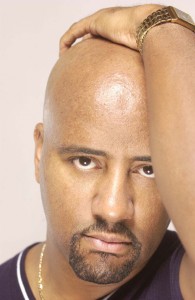 salaries through taxes. This is of great concern because of the enduring friction between officers of the law and people of color.
salaries through taxes. This is of great concern because of the enduring friction between officers of the law and people of color.
According to Rev. Cecil “Chip” Murray, “when you have the ‘haves’ and the ‘have-nots,’ the police powers are meant to keep the haves having and that forces the have-nots to have-not.”
Henry “Kee Kee” Watson, one of a group now known as The LA Four in the beating of Reginald Denny, said that people might act shocked, but “it’s no secret that Black people have no love for police. People try to act like it’s a secret that police have no love for poor people, especially poor Blacks.
“People also tried to say that King’s beating was an isolated incident,” Watson added. “The only thing isolated was that it was caught on tape. But we know that in South Central, that’s business as usual.”
And it is business as usual, from Amadou D’iallo in New York City to Timothy Thomas in Cincinnati, Ohio and countless Black men and women in between, as well as throughout American history.
On August 11, 1965, a Los Angeles police officer in the Watts area of South Central Los Angeles stopped a twenty-one year old Black man on suspicion of driving under the influence of alcohol. When a crowd gathered, the officer called backup. The second officer on the scene lost his temper and struck members of the crowd with his baton.
One version of the story has the crowd rebelling against the officers on the spot, and yet another version has the crowd diverting the officers while the young man escapes to his mother’s home. When the police go to arrest him, they get into an altercation with the mother and the neighborhood erupts in a rebellion against the police.
Whichever version is correct, rumors of a clear incident of police brutality spread throughout the city and a full-scale rebellion ensued.
In the 1990’s in Los Angeles, African Americans were still at odds with the police force, which viewed them as a group to be dealt with, not as part of the population to be protected and served.
“Racial Profiling” is simply too mild a term for the wonton search and seizures; the regular practice of making citizens of color lay face down on the concrete and the physical abuse that was occurring with regularity during routing traffic stops across the nation.
The local gangs, the Crips and the Bloods, had begun efforts to create a truce to quell the rampant violence over gang territories, often defined by drug sales. Some say those efforts were being thwarted by police, creating more friction between cops and people of color in an environment of fear and hatred of police.
In March of 1991, four police officers pursue Rodney Glen King on a alternating high speed and low speed chase, eventually apprehending him and summarily beating him savagely, while more than twenty other officers stood watching. The beating is captured on videotape.
All charges against King are ultimately dismissed and the “real” Trial of the Century (the magnitude of O.J. Simpson’s trial pales ridiculously in comparison) begins–Sergeant Stacey Koon and Officers Laurence Powell, Timothy Wind and Theodore Briseno stand trial for felony assault and related charges to the King beating.
Warren Christopher, who was the vice chair of the McCone Commission in 1965, is appointed by then-Mayor of Los Angeles, Tom Bradley to lead an independent commission on the Los Angeles Police Department.
In July of 1991, the Christopher Commission reports the systematic use of excessive force and racial harassment in LAPD, calling for police reform and the resignation of Chief Darryl Gates, who announces that he will retire the following year.
Under the LA Police Commission’s current policy, the Christopher Commission would have been limited in what they could have shared with the public. The public would have been limited in their response and involvement for change.
On April 29, 1992, an all-white jury in Simi Valley finds all four officers “not guilty” of any crimes in the beating of Rodney King.
Los Angeles erupts in rapidly widespread protests, riots, fires, looting and mayhem.
Days later, forty-two people are dead, five thousand have been arrested and the city has more than one billion dollars in damage.
For many of the people who were burning and looting, the event was simply opportunistic. For Blacks, the uprising actually was targeted and specific.
Bo Taylor, founder of Unity One, which organized a gang truce in Los Angeles between the Bloods and the Crips prior to the 1992 Riots, asserts that there was truth to the rumor of a planned war between the police and the gangs under the newly-formed truce.
“It was all organized,” said Taylor. “It wasn’t just a bunch of people freaking out–at least for Blacks. The police say to hell with the community and feel like that’s not their concern. They want to talk about police morale and community policing, but people are not stupid.”
Many police officers, including Officer Bruce Stallworth, who was assigned to the Southwest Division of the Los Angeles police Department, (which encompasses Florence and Normandie) will admit that there are difficulties between police and people in impoverished areas.
“The most important thing that would have stopped the riots is if the police had had a better relationship with the community,” said Stallworth. “The only way you can get a better relationship is if the people trust the police.”
“We must build a police department that not only protects,” said Hahn, “but also respects every community in Los Angeles led by a Police Commission that understands its role as an overseer of the Department.”
The debates go back and forth and go from police brutality to people asking the question: “Why tear up your own neighborhood?”
Public Enemy’s Chuck D answers: “If you ain’t controlling the commerce in your neighborhood, or the education, and at the same time the police ain’t yours-they protect and serve the property owners and that’s not you–then of course a (man or woman) will say “F— it. I’m going to rip up the closest thing to my face.”
The police are provided anonymity when involved in acts of violence against citizens, yet when citizens are involved in violent crimes, their names are a part of public record.
Are police officers above the law?
Of course the answer is no, but when criminal police officers are given preferential treatment over criminal citizens, the rift between cops and the people will become more obvious and serve as the root of further problems.
Written By Darryl James
Official website; http://bridgecolumn.proboards.com/index.cgi
















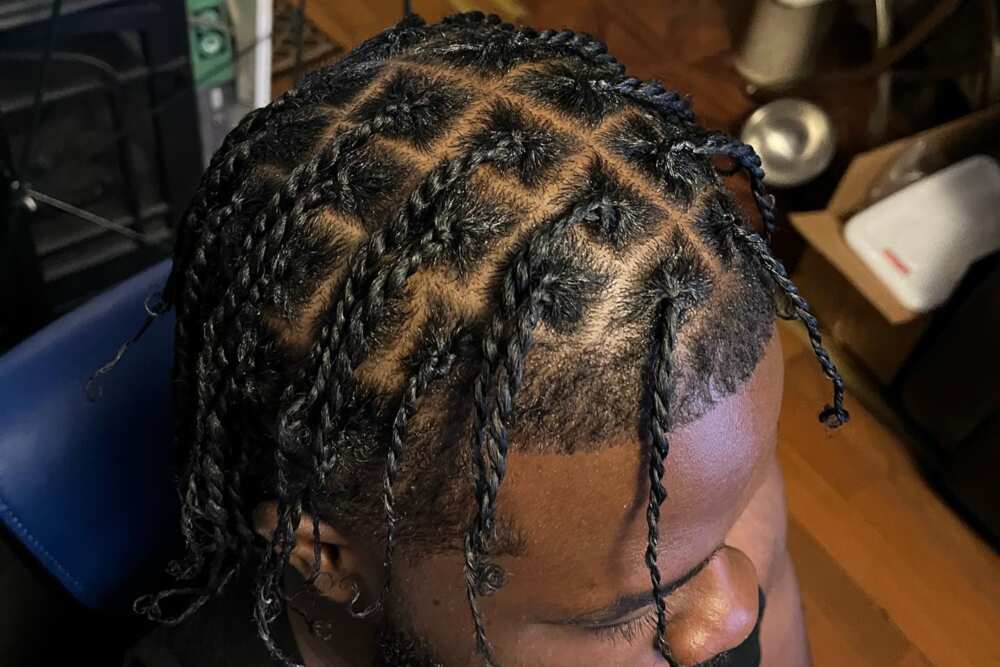
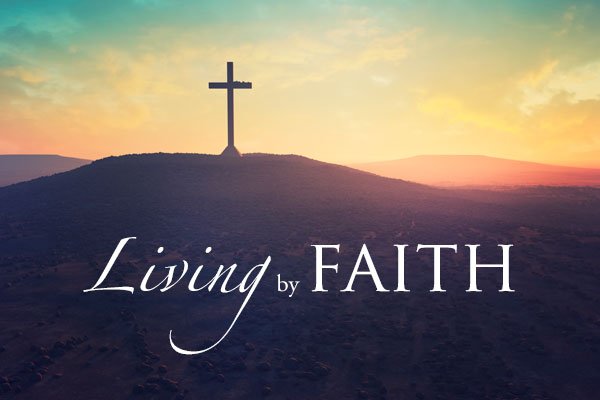
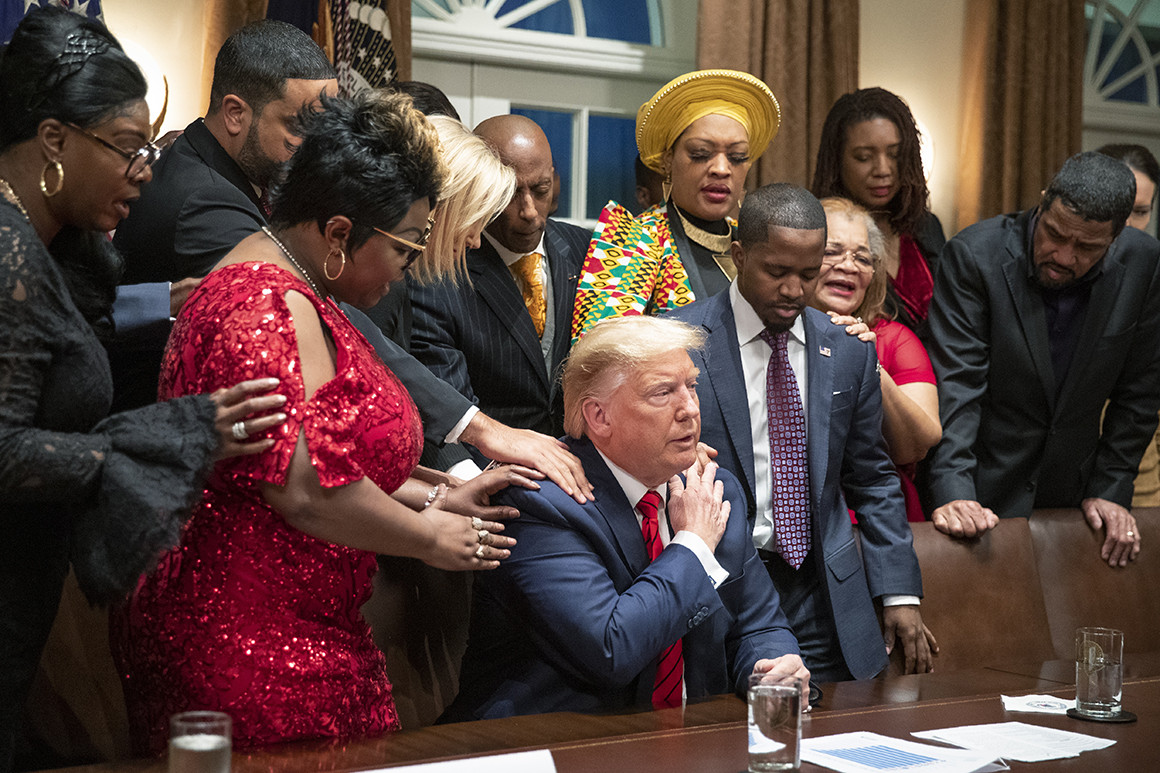
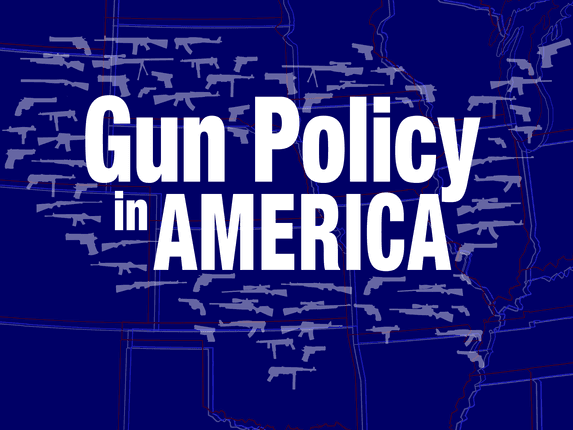
Leave a Reply